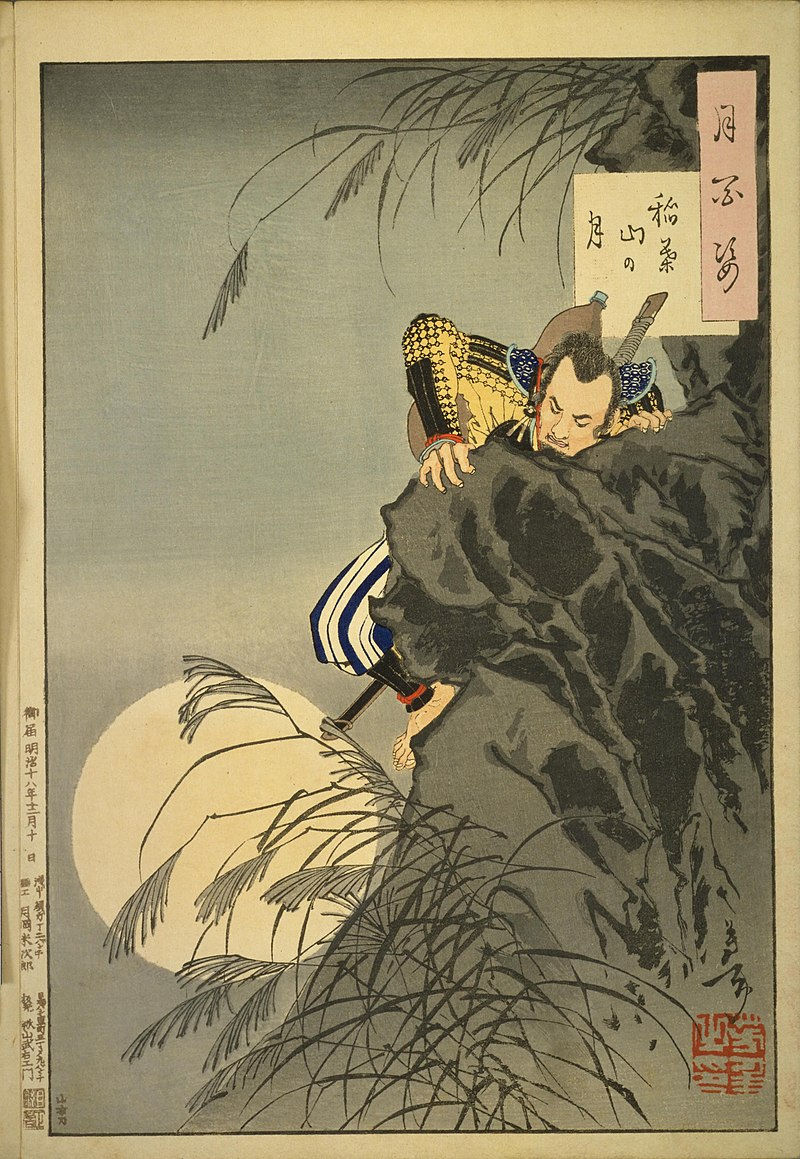Tokugawa Hidetada
- 2304583d
- Aug 4, 2024
- 2 min read

Tokugawa Hidetada (徳川 秀忠) (1579–1632) was the second shogun of the Tokugawa shogunate, succeeding his father, Tokugawa Ieyasu. His leadership marked a period of consolidation and stabilization following the establishment of the Tokugawa shogunate.
Early Life and Background
Birth and Family: Tokugawa Hidetada was born on May 2, 1579, as the eldest son of Tokugawa Ieyasu and his wife, Lady Tsukiyama. He was groomed from an early age to succeed his father and was educated in both martial and administrative skills.
Marriage and Alliances: Hidetada married into the powerful Matsudaira family, which helped strengthen his political alliances. His marriage to the daughter of a prominent daimyo reinforced his position within the Tokugawa network of alliances.
Rise to Power
Succession: Hidetada succeeded his father as shogun in 1605, when Tokugawa Ieyasu officially abdicated the position. Despite his father’s retirement, Ieyasu remained influential as a senior advisor and played a key role in shaping the early years of Hidetada’s shogunate.
Reign as Shogun
Consolidation of Power: Hidetada’s tenure as shogun focused on consolidating and stabilizing the Tokugawa shogunate’s power. He worked to strengthen the shogunate’s control over the daimyo and ensure the continued implementation of his father’s policies.
Administrative Policies:
Maintaining Stability: Hidetada continued to implement policies that ensured the stability and control of the Tokugawa regime, including the management of daimyo relations and the enforcement of the alternate attendance system (sankin-kōtai).
Support for Culture: His reign also saw the promotion of cultural activities, including support for the arts, which contributed to the flourishing of Edo-period culture.
Foreign Relations: Hidetada’s period of rule was marked by a cautious approach to foreign relations. The Tokugawa shogunate maintained a policy of isolation, known as sakoku, which limited foreign influence and trade to specific ports and countries, notably maintaining relations with the Dutch and the Chinese but expelling Portuguese missionaries and traders.
Later Life and Legacy
Retirement and Death: Tokugawa Hidetada retired from active governance in 1623, passing the role of shogun to his son, Tokugawa Iemitsu. He continued to hold a ceremonial role and advisory position until his death on June 27, 1632.
Legacy: Hidetada’s leadership was instrumental in consolidating the Tokugawa shogunate’s power and laying the groundwork for the long period of peace and stability known as the Edo period. His efforts to stabilize the regime and enforce the policies established by his father contributed to the enduring success of the Tokugawa shogunate.
Role in Tokugawa History: Hidetada is remembered as a key figure in the Tokugawa shogunate’s history. His role in ensuring the stability and continuation of the shogunate’s policies helped to solidify the Tokugawa family’s control over Japan for more than 250 years.
Tokugawa Hidetada’s contributions to the Tokugawa shogunate and his role in stabilizing and consolidating the shogunate’s power are significant in Japanese history.




Comments